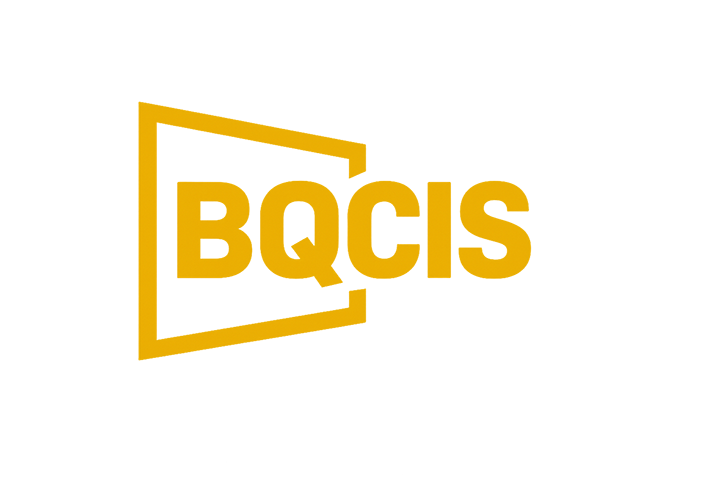BQCIS — Daily Monitoring: Methodologies
|
BQCIS methodologies are designed to ensure **reliable, repeatable, and defensible results** during
daily terminal monitoring. These standardized steps, aligned with
ASTM,
ISO, and
BQCIS QR verification protocols,
provide transparency across shared facilities.
1. Gauging & Measurement
- Daily soundings and ullage readings from all storage tanks.
- Temperature and density measured at multiple tank levels.
- Automatic Tank Gauging (ATG) systems verified against manual readings.
2. Calibration & Conversion
- Application of ASTM D1250 petroleum measurement tables.
- Verification of tank strapping charts and calibration certificates.
- Conversion of Gross Observed Volume (GOV) to Net Standard Volume (NSV).
3. Line Displacement & Stratification
- Recording and reconciliation of pipeline movements.
- Stratification checks to detect layered product conditions.
- Sampling protocols applied to confirm homogeneity.
4. Variance Tracking
- Comparison of operator logs vs. physical measurements.
- Variance thresholds set (e.g., ±0.3% for refined fuels).
- Immediate notification when deviations exceed limits.
5. Reporting & Transparency
- Daily reports with gauges, density, and calculation sheets.
- Photo-logged evidence of tank levels, seals, and conditions.
- Reports issued with
QR-secured traceability.
Case Study: Gasoline Tank Terminal Audit
BQCIS monitoring revealed a **0.5% discrepancy** caused by inaccurate dip table usage.
By enforcing ASTM D1250 recalculations, the terminal operator corrected records, saving
counterparties over USD 750,000 in potential claims.
Reports were certified with
QR-secured evidence.
Compliance & Standards References
- ASTM D1250 — Petroleum Measurement Tables
- ISO 45001 — HSSE management framework
- BQCIS QR Certificates — Verified measurement packs
- Client Portal — Daily monitoring dashboards
